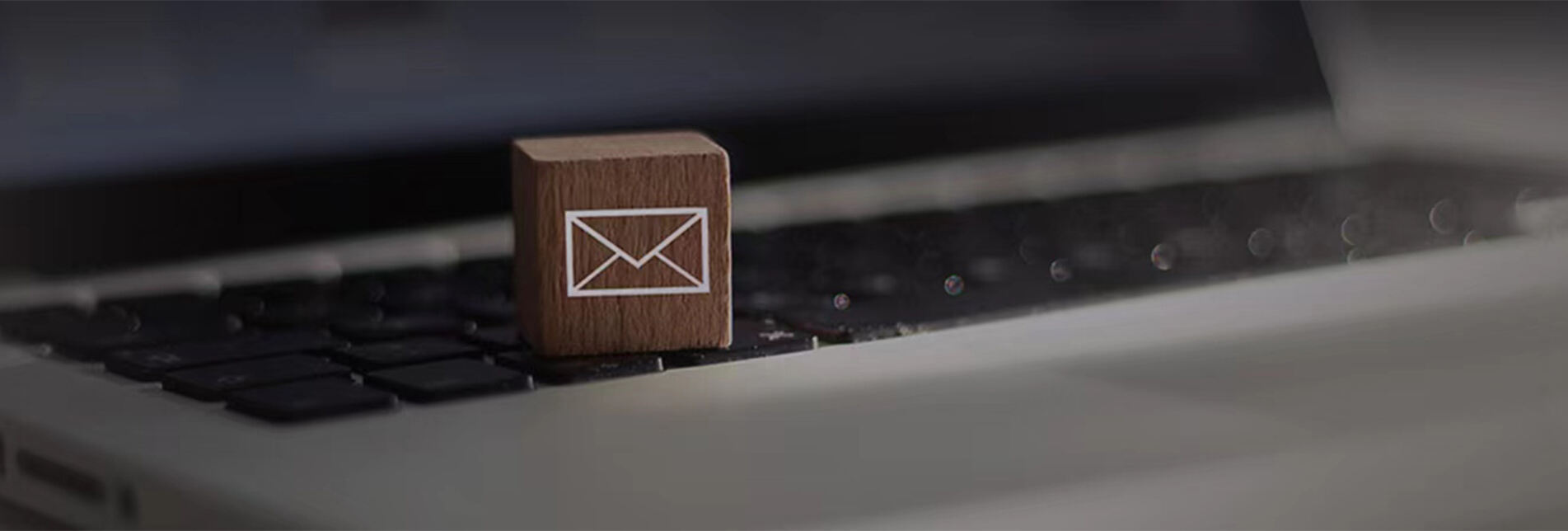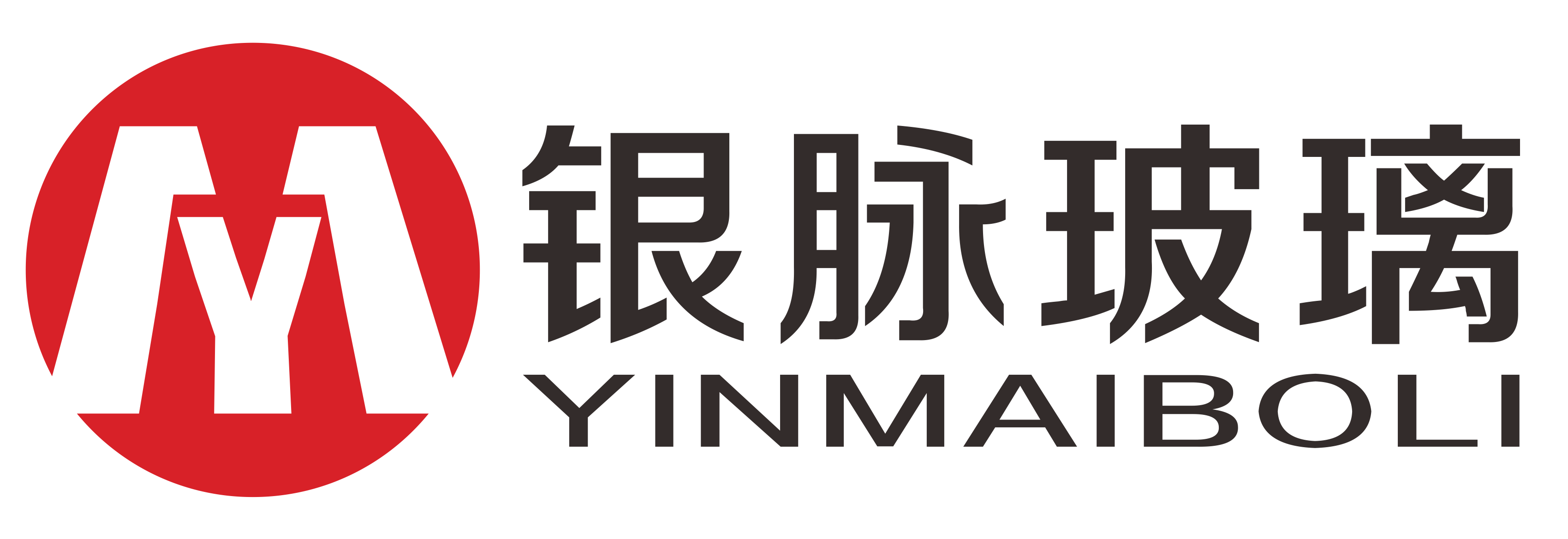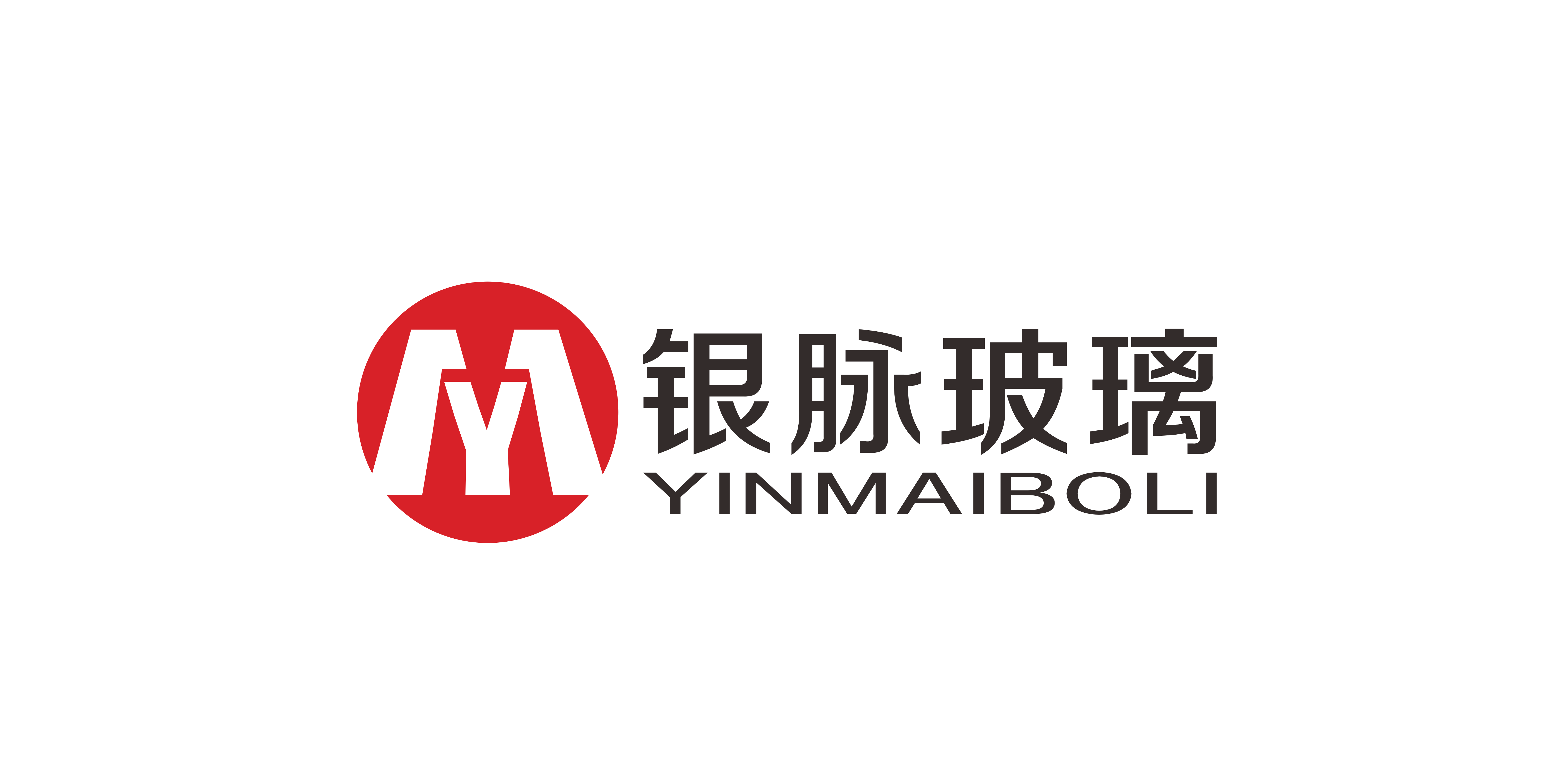Comprendre l'importance des choix de matériaux dans les pots de crème pour le visage
Le choix du matériau dans l'emballage cosmétique joue un rôle crucial à la fois dans la protection du produit et dans l'amélioration de l'image de marque, ce qui peut influencer de manière significative la confiance des consommateurs. Les matériaux d'emballage protègent non seulement contre les dommages physiques et les facteurs environnementaux, mais servent également de représentation visuelle de la qualité et du luxe. Selon une étude de l'industrie cosmétique mondiale, environ 40 % des consommateurs prennent en compte l'emballage lors de leur décision d'achat, soulignant comment un choix stratégique de matériaux peut renforcer la valeur de la marque et l'attrait pour les consommateurs. En plus des avantages esthétiques et de branding, le choix des matériaux impacte directement l'intégrité du produit cosmétique. Des matériaux comme le verre, par exemple, offrent une excellente protection contre l'oxydation, la contamination et les réactions chimiques indésirables qui pourraient compromettre la qualité du produit. Des études ont montré que les produits stockés dans des pots en verre de haute qualité ont souvent une durée de conservation plus longue par rapport à ceux dans des contenants en plastique. Cela est dû au fait que le verre est imperméable et non réactif, maintenant l'efficacité et la fraîcheur des crèmes pour le visage pendant de longues périodes. En conséquence, investir dans les bons matériaux d'emballage est un choix stratégique pour maintenir l'intégrité du produit et la satisfaction des clients.
Types de matériaux utilisés dans les pots de crème pour le visage
Comprendre les types de matériaux utilisés dans les pots de crème pour le visage permet aux consommateurs et aux fabricants de prendre des décisions éclairées.
Bocaux en Verre sont souvent choisis pour leur capacité supérieure à protéger le contenu des rayons UV, améliorant la longévité des formulations de soins de la peau sensibles. Les données du marché soulignent que la perception du verre comme un emballage haut de gamme a augmenté sa popularité dans les produits de soins de la peau de luxe, car cela ajoute un élément de sophistication et de qualité à l'image de marque. Lors de la comparaison
du plastique et du verre , les différences d'impact environnemental, de coût et de préférences des consommateurs entrent en jeu. 1.
Plastique:
-
Avantages : Léger, plus économique et moins sujet à la casse. -
Inconvénients : Empreinte environnementale plus élevée en raison de temps de décomposition plus longs, peut potentiellement libérer des produits chimiques. 2.
Pour les produits de la catégorie 2
-
Avantages : Recyclable, chimiquement inerte et perçu comme premium. -
Inconvénients : Plus lourd, plus cher et sujet à la casse. De plus, d'autres matériaux tels que
aluminium et
des options biodégradables gagnent en popularité dans l'industrie cosmétique. L'aluminium offre une alternative durable et légère souvent utilisée par les marques éco-responsables, tandis que les options biodégradables reflètent le changement du marché vers la durabilité. Ces matériaux s'alignent avec les tendances actuelles de réduction de l'impact environnemental et de soutien aux efforts de durabilité, ce qui en fait des options attrayantes pour des solutions d'emballage innovantes pour les soins de la peau.
L'impact du matériau du pot de crème pour le visage sur la performance
Le choix du matériau pour les pots de crème pour le visage influence considérablement la préservation du produit, avec un scellement hermétique étant un facteur crucial. Des matériaux spécifiques, tels que le verre et certains plastiques, offrent d'excellents joints hermétiques qui minimisent l'exposition à l'air et à l'humidité, prolongeant ainsi la durée de vie des crèmes pour le visage. Des études d'experts soulignent l'importance de maintenir l'intégrité des matériaux d'emballage pour prévenir l'oxydation et la dégradation des ingrédients de soin de la peau, garantissant que les crèmes restent efficaces et fraîches au fil du temps. De plus, le poids du pot joue un rôle crucial dans la valeur perçue du produit parmi les consommateurs. Des matériaux plus lourds comme le verre sont souvent associés à une qualité premium en raison de leur durabilité et de leur sensation luxueuse, ce que des enquêtes et des preuves anecdotiques suggèrent améliorent la perception des consommateurs. Dans le marché des soins de la peau, où la marque et les premières impressions comptent, choisir un matériau de pot plus lourd peut améliorer la confiance des consommateurs et le désir du produit. La durabilité devient une considération de plus en plus importante pour les consommateurs, influençant leurs décisions d'achat. Le choix de matériaux respectueux de l'environnement peut avoir un impact significatif sur la commercialisation d'un produit. Les statistiques révèlent une préférence croissante des consommateurs pour des options d'emballage écologiques, poussant les marques à adopter des pratiques durables. L'utilisation de matériaux comme les plastiques biodégradables ou le verre recyclable s'aligne non seulement sur les tendances du marché, mais améliore également la réputation et l'attrait de la marque dans un paysage de marché hautement compétitif.
Choisir le meilleur pot de crème pour le visage pour votre produit
Sélectionner le bon matériau de pot pour votre crème pour le visage est crucial pour s'aligner avec la compatibilité du produit, la démographie cible et les stratégies de marque. Les facteurs clés à considérer incluent : 1.
Compatibilité des produits : Assurez-vous que le matériau du pot ne réagit pas chimiquement avec les ingrédients de votre crème. 2.
Démographie cible : Les marchés de luxe peuvent préférer le verre pour sa sensation premium, tandis que les matériaux recyclables pourraient séduire les consommateurs soucieux de l'environnement. 3.
Stratégie de marque : Considérez comment l'esthétique du pot s'aligne avec l'image et le message de votre marque. Équilibrer fonctionnalité et esthétique est essentiel dans la conception d'emballages. Les marques réussies démontrent que le pot doit non seulement préserver l'intégrité du produit, mais aussi améliorer son attrait visuel. Par exemple, les marques haut de gamme utilisent souvent des pots en verre avec des designs épurés ou des finitions givrés qui dégagent de l'élégance tout en fournissant des fermetures hermétiques pour maintenir la qualité de la crème. Ce mélange harmonieux de praticité et de style garantit que l'emballage lui-même incarne l'éthique de la marque et attire la base de consommateurs souhaitée.
Produits en vedette : Meilleurs Pots de Crème pour le Visage
Explorer les meilleurs pots de crème pour le visage est essentiel pour comprendre comment l'emballage influence les choix des consommateurs. En tête de liste se trouve le
Ensemble de Pots et Bouteilles de Crème pour le Visage en Verre de Luxe qui offre plusieurs options de taille comme 30G, 50G et jusqu'à 120ml, ce qui le rend polyvalent pour différentes gammes de soins de la peau. Fabriqué en verre de haute qualité, il allie durabilité et apparence haut de gamme, idéal pour les produits de soins de la peau haut de gamme et quotidiens. La variété d'options d'impression et de couleurs garantit que ces pots s'alignent avec l'esthétique de votre marque et les préférences des consommateurs.
Un autre produit notable est le
Pots en verre cosmétiques de forme ronde givrée pour crème pour le visage avec des couvercles blancs élégants. Ces pots sont disponibles en tailles 80g, 100g, 150g et 200g, répondant à divers besoins des consommateurs. Leur finition en verre dépoli dégage une esthétique sophistiquée, les rendant adaptés aux marques premium cherchant à projeter la simplicité avec élégance. Les couvercles blancs ajoutent une autre couche de pureté et de propreté, résonnant bien avec les marques axées sur des solutions de soins de la peau naturelles ou biologiques.
Dans l'ensemble, ces pots de crème pour le visage mis en avant encapsulent l'équilibre entre fonction et esthétique, s'adaptant à une myriade de produits de soins de la peau et s'alignant parfaitement avec les tendances du marché.
Conclusion : Faire des choix éclairés pour les pots de crème pour le visage
Dans le choix des pots de crème pour le visage, plusieurs aspects critiques doivent être pris en compte, notamment le matériau, le design et la fonctionnalité. Ces éléments soulignent l'importance de l'emballage dans la stratégie globale de la marque, influençant non seulement la préservation du produit et l'expérience du consommateur, mais aussi la perception de la marque. Un pot bien conçu peut rehausser l'attrait d'un produit, attirer un public plus large et différencier une marque sur un marché saturé. En regardant vers l'avenir, l'avenir de l'emballage cosmétique est prêt à accueillir des innovations significatives, en particulier en matière de durabilité. Avec la demande croissante des consommateurs pour des solutions écologiques, les marques se tournent vers des matériaux et des pratiques durables, tels que des pots recyclables et rechargeables. De plus, les avancées dans les technologies d'emballage intelligent et les designs innovants redéfiniront la présentation des produits, offrant à la fois un attrait esthétique et une interaction utilisateur améliorée. Ainsi, rester informé sur ces tendances sera crucial pour les marques cherchant à maintenir un avantage concurrentiel tout en répondant aux attentes évolutives des consommateurs.




